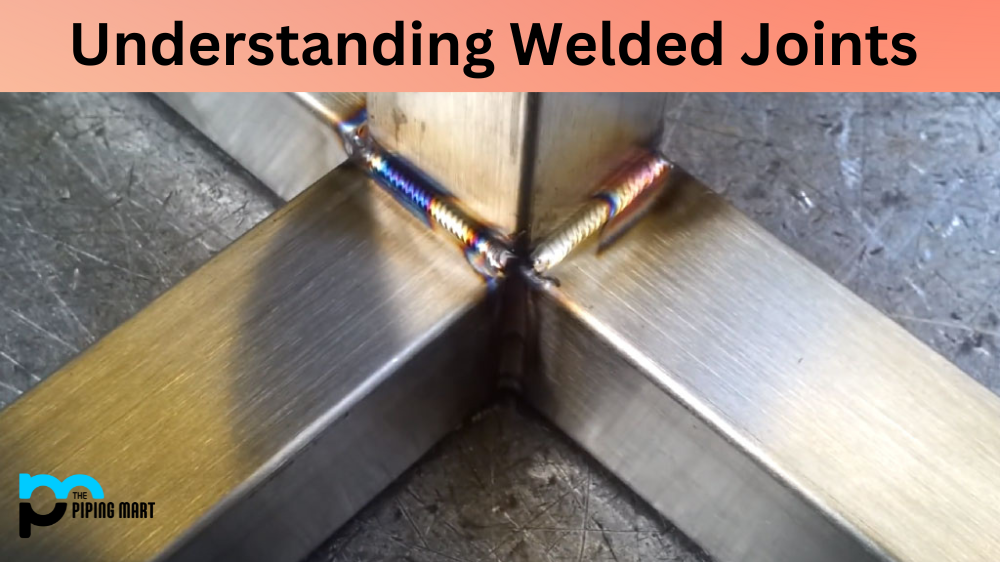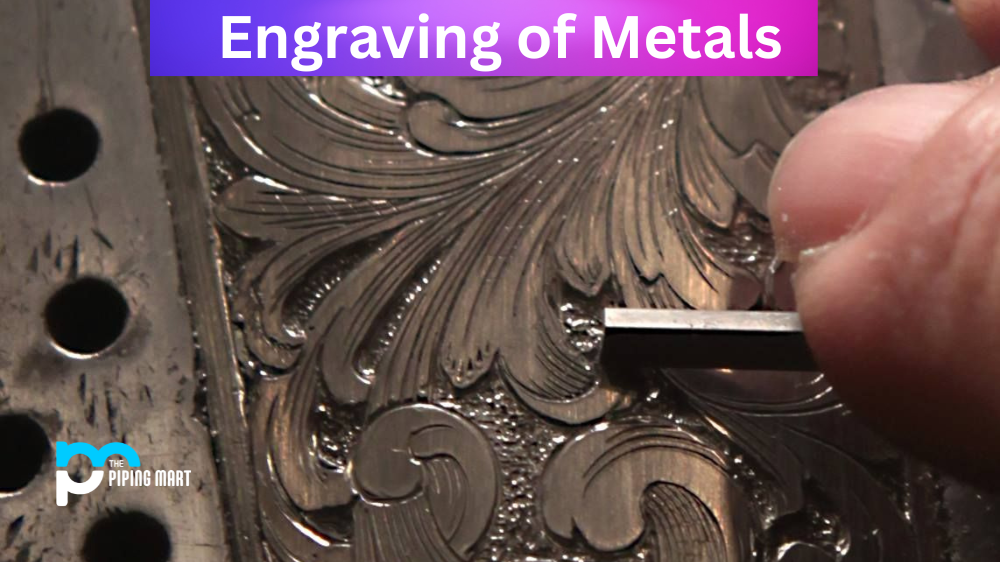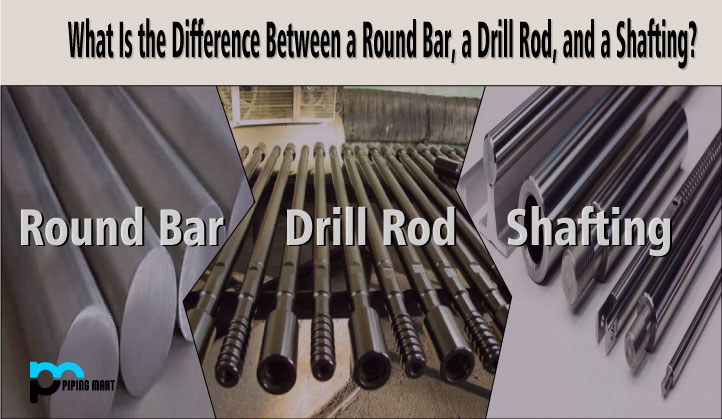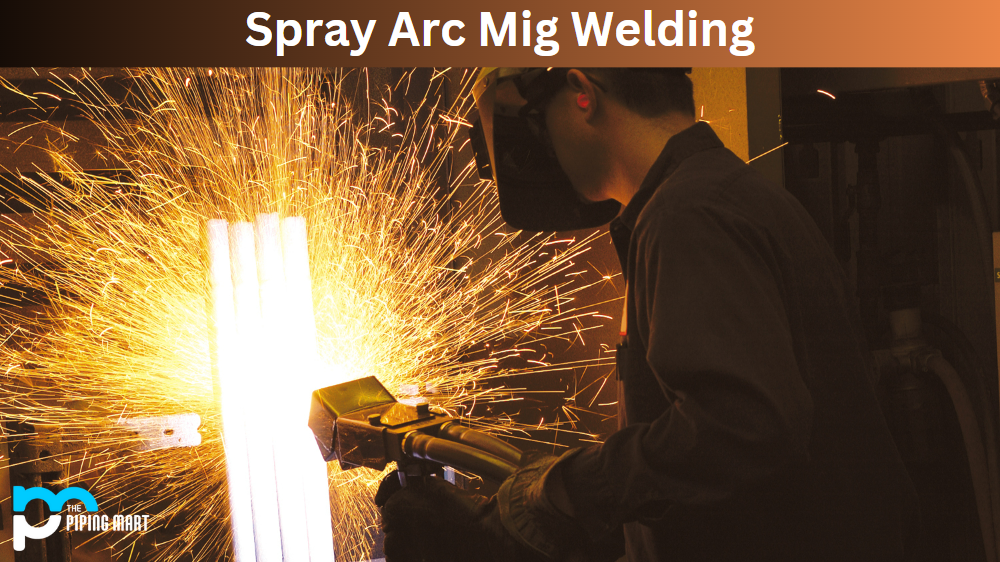When it comes to connecting metal parts and components, welding is a popular option. But what exactly are welded joints? A weld joint is the junction between two pieces of metal that have been fused together using heat, pressure, or both. Welding is often used to produce complex shapes and structures quickly and efficiently. However, welded joints come with their own set of advantages and disadvantages. Let’s take a look at them.
5 Advantages of Welded Joints
The main advantage of welded joints is the strength they provide. Because the pieces of metal being joined are fused together, they can support more weight than other types of joints, like bolts or rivets. This makes welded joints ideal for use in applications where there will be heavy loads applied, such as bridge construction or large machinery.
Another advantage of welded joints is that they can be made quickly and easily, making them cost-effective for projects that require a lot of welding work to be done. Additionally, because the metal pieces are melted together, there are no gaps or weak spots in the joint, which helps ensure its structural integrity over time.
Stronger
Welded joints are stronger than bolted joints because they cannot come loose. This is due to the fact that the metal is fused together at the joint rather than being held together by bolts. This makes welded joints ideal for applications where safety is a concern, such as in the construction of bridges and buildings.
More Durable
Welded joints are also more durable than bolted joints. This is because they are less likely to develop leaks over time. Additionally, welded joints are less likely to loosen or fail under stress, making them ideal for use in high-pressure applications.
Less Expensive
Welded joints are typically less expensive than bolted joints because they require less time and labor to construct. Additionally, welded joints do not require the use of bolts, which can add to the cost of the joint.
Faster to Construct
Welded joints are also faster to construct than bolted joints. This is because there is no need to thread bolts into place, which can be time-consuming. Additionally, welding can be done quickly and easily with the use of automated equipment.
Reduced Weight
Welded joints are often lighter in weight than bolted joints because they do not require the addition of bolts. This can be beneficial in applications where weight is a concern, such as in aircraft construction.
5 Disadvantages of Welded Joints
The main disadvantage of welded joints is that they require specialized equipment and training to complete properly. This means that if you want to use this type of joint for your project, then you need to make sure you have access to the right tools and personnel who know how to use them correctly. Additionally, because the metal pieces must be heated up in order for them to fuse together, there is always a risk of burns or sparks during the welding process, which can cause damage if not handled properly.
Limited Applications
One of the primary disadvantages of welded joints is that they have limited applications. Welded joints can only be used on materials that can be heated to high temperatures without melting or burning. This limits the types of materials that can be joined using this method.
High Cost
Another disadvantage of welded joints is that they are typically more expensive than other methods of joining materials. This is due to the fact that welding equipment is relatively expensive, and the process itself requires a great deal of skill and training.
Time Consuming
Welded joints can also be quite time-consuming to create, as the materials must be heated to high temperatures and then cooled slowly in order to create a strong joint. This can be a significant drawback when time is of the essence.
Requires skilled labor
In order to create a welded joint, it is necessary to have access to skilled labor. Welding is a complex process that requires a great deal of training and experience. Without access to skilled labor, it may not be possible to create a welded joint that meets all of the necessary requirements.
Joints may be weaker than the base material.
One final disadvantage of welded joints is that they may not be as strong as the base material itself. This is due to the fact that welding involves heating and cooling the materials, which can cause them to become weaker over time.
Conclusion:
All in all, welded joints are an excellent choice when it comes to joining metal components and parts due to their strength and speed of completion; however, they come with some drawbacks, such as needing specialized tools and training, as well as having potential risks associated with their use. It’s important to consider all these factors before deciding if a weld joint is right for your project needs. For more information on this topic, be sure to contact Metric Marketing today!

Meet Bhavesh, a seasoned blogger with a wealth of knowledge and experience. From metal products manufacturing to retail, Bhavesh has a diverse background in various industries and is dedicated to sharing his insights and expertise with readers.




